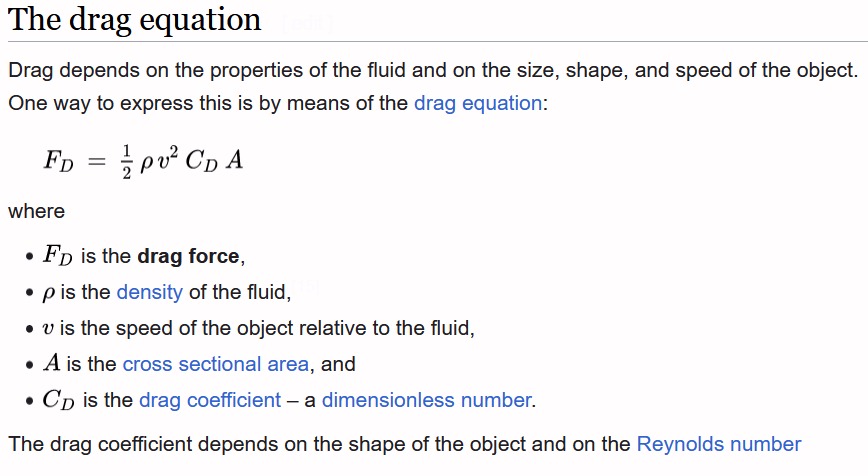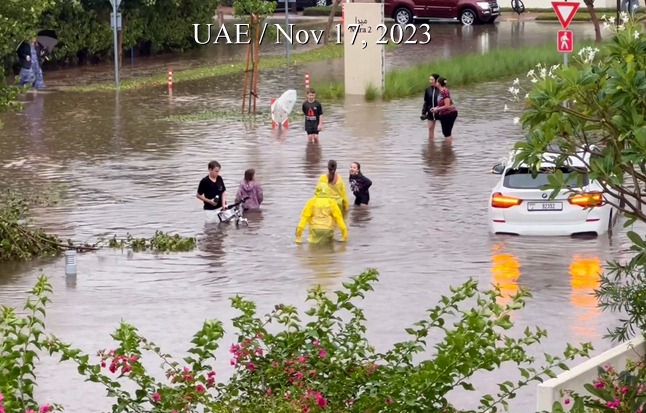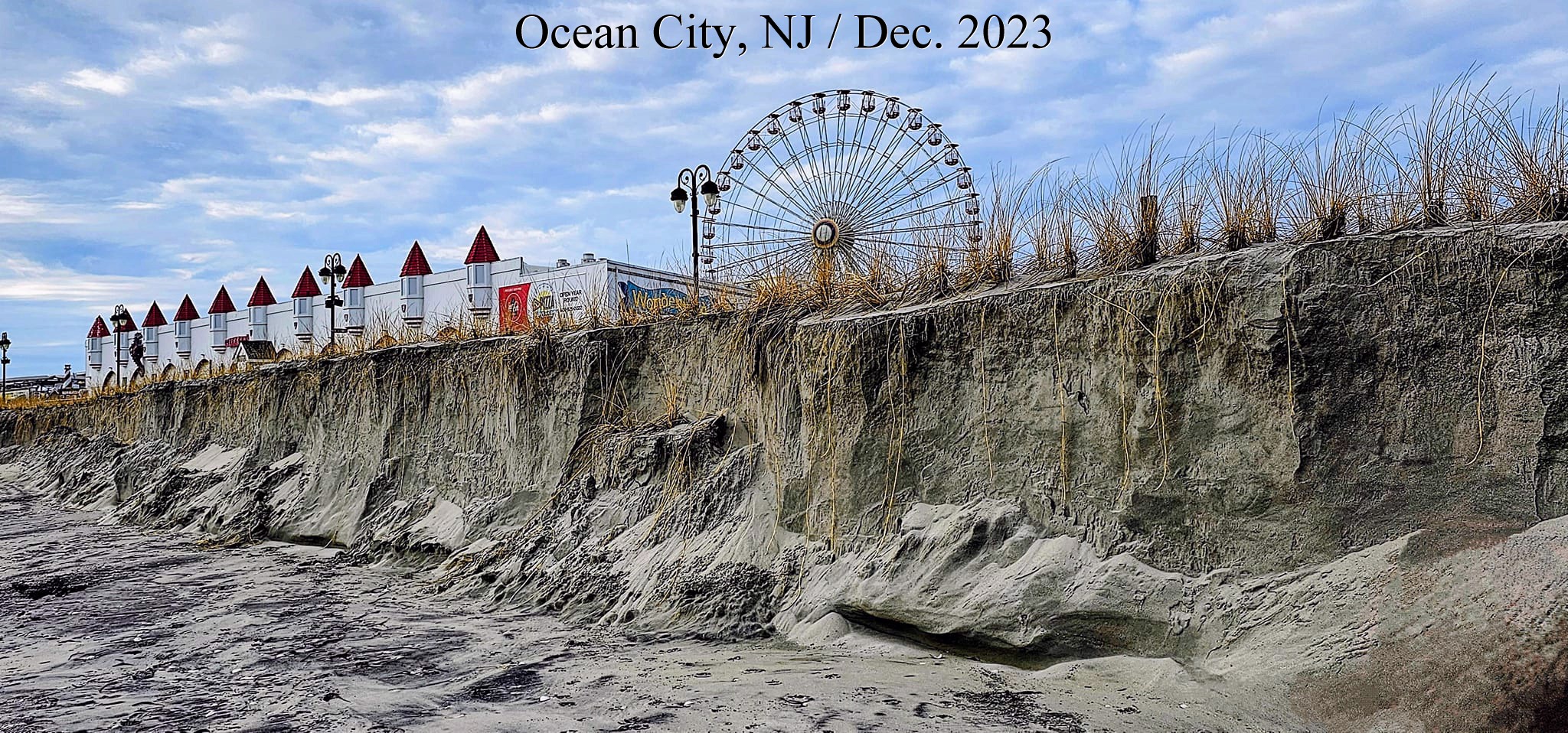- Violent-Rain.mp4 (music video)
- Violent Rain Part II.mp3
- Violent Rain Part I.mp3 (unplugged to save energy)
- Violent Rain Part II Instrumental.mp3
LYRICS
The moisture
Starts taking shape
For sure
Shape of a cloud
We think
Out loud
Out loud
So proud
(How loud? Hubris us proud)
Is cumulonimbus a reflection on us
Inability to sustain
Brings on violent rain
As silent remain
Under violent rain
Under violent reign
(No fun dancing in the violent rain)
Blue pasture
What do you see
Cloud animal
Gas shaped as ass
We think
Out loud
Out loud
So proud
(How loud? Hubris us proud)
Is cumulonimbus a reflection on us
Inability to sustain
Brings on violent rain
As silent remain
Under violent rain
Under violent reign
(No fun dancing in the violent rain)
Self-portrait pareidolia (Oh, yeah!)
Irate primate watching ass gas pass
We think
Out loud
Out loud
So proud
(How loud? Hubris us proud)
Is cumulonimbus a reflection on us
Inability to sustain
Brings on violent rain
As silent remain
Under violent rain
Under violent reign
(No fun dancing in the violent rain)
… look! A loon flying by the moon
Chords: A D E A / A D C A / A G A / B7 C / C E / E G A / A G E; Part II 176 Beats Per Minute
Instrumentation: Vocals, Acoustic Guitar, Electric Guitar, Bass, Keyboards (Korg PS60, Casio WK-3500, Yamaha PSR-740, MiniNova, MicroKorg)
ABOUT THE SONG
1) Pareidolia is the tendency to perceive a specific, often meaningful image in a random or ambiguous visual pattern, such as clouds.
2) The Reign of Violent Rain
My interest in sea-level rise and ice sheets collapsing began in the 1990’s after I asked Sidd his greatest concerns about human induced climate change. Much of climate change can be reversed or at least stopped from worsening. The collapse of ice sheets is irreversible. Sidd said, “A terrible future awaited.” Coastal areas were forecast to be at greatest risk.
In October of 2023 Sidd said, “Now I am thinking the violent rain will be a bigger problem before we die… still thinking it through. In the long run, ya, sea level rise will hit big. If you look at the history, it is episodic, and in the fast bits it can go up 3 feet every twenty years for five hundred years. But, the rain intensity is increasing faster today, and drainage cannot cope, whether in the city or out, culverts and such put in over the last hundred years cannot handle. So, I am paying a lot of attention to terrain and drainage far inland from the seacoast (like Ohio.) By drainage I don’t mean just human built. I mean that the natural streams and gullies and ravines have not evolved to a state that can handle the water volumes we see and the worse, larger volumes we will see. So expect huger erosion, steeper slopes to waterways, land collapses and such. Build out your drainage.”
Violent Rain
Multiple factors figure into the physics of violent rain. The starting point is the moisture content of air. The Earth is warming. Warm air can physically hold more water than cool air. The warmer the air the more water vapor the air can hold (i.e. relative humidity). The capacity doubles for every ten degree Celsius warming.
One physical result is more massive raindrops. The Momentum of Rain is p = mv (p = momentum, m = mass, v = velocity.) Part of the increasing momentum is transferred to the sides and upward increasing wind turbulence, as well as updrafts. Most of the momentum is transferred upon impact. You may notice the rain bouncing higher off the streets and sidewalks. Flowing rainwater will have both increased mass and velocity.
On the ground, concrete, asphalt, solar panels, roofs, plants, animals, houses, and infrastructure will be hit with greater momentum. In the air, the increasing mass of the rain will intensify wind turbulence. Professor Paul D. Williams of the University of Reading, UK, said, “Turbulence is chaotic (chaos theory). Turbulence is known famously as the hardest problem in physics.” In their study Evidence for Large Increases in Clear-Air Turbulence Over the Past Four Decades, Prof. Williams and his team found “Climate change has caused turbulence to double in the last 40 years” and is expected to double or triple again in the next decades.
Mass and velocity are parts of a larger equation that also includes density.The combination of these variables results in an increased intensity of the flow forces (i.e. flow dynamics). Wind and water flow forces scale as the square of velocity, so as flow speeds increase (say due to more intense heating or heavier rain) the damage scales as the square of the velocity. Look at drag physics and you will see that force is proportional to density times square of velocity (v^2).
So a twenty mile an hour wind exerts four times as much force as a ten mile an hour wind. And a forty mile an hour wind exerts sixteen times as much force as a ten mile an hour wind. A wind of fifty miles an hour exerts twenty five times and a wind of sixty miles an hour exerts thirty six times as much force as one of ten miles an hour. Then you have the density term. Water is about eight hundred times denser than air, so the force exerted by a ten mile an hour flow of water is eight hundred times that of a ten mile an hour wind. As flow velocities go up due to climate change, force and damage scale as square of the velocities. What is not clear is how much these velocities increase with climate change. But in a sense we are seeing this already as, for example, flood and sewage systems succumb and hillsides fall down, and so on.


Rainfall-surge Hazard
The Journal Nature published the study Tropical cyclone climatology change greatly exacerbates US extreme rainfall-surge hazard examining how current models underestimate the risk of Rainfall-surge Hazard. “Tropical cyclones (TCs) are drivers of extreme rainfall and surge, but the current and future TC rainfall-surge joint hazard has not been well quantified. Using a physics-based approach to simulate TC rainfall and storm tides, we show drastic increases in the joint hazard from historical to projected future (SSP5-8.5) conditions. The frequency of joint extreme events (exceeding both hazards’ historical 100-year levels) may increase by 7-36-fold in the southern US and 30-195-fold in the Northeast by 2100. This increase in joint hazard is induced by sea-level rise and TC climatology change; the relative contribution of TC climatology change is higher than that of sea-level rise for 96% of the coast, largely due to rainfall increases. Increasing storm intensity and decreasing translation speed are the main TC change factors that cause higher rainfall and storm tides and up to 25% increase in their dependence.”
Expect to see increasing intensity and/or frequency in a wide variety of violent rain events including: downpours, flooding, hurricanes, cyclones, monsoons, coastal flooding, storm surges, lightning and wildfires, hail, extreme wind, and concurrent extremes. The reign of violent rain has already begun. More hillsides and shorelines are collapsing. Atmospheric rivers are dramatically increasing flash flooding in the Northeastern USA (pictured beach erosion in Ocean City, NJ / December 2023). Worldwide, stormwater systems are becoming overwhelmed. Ironically, the streets of Abu Dhabi and Dubai, UAE, flooded days before the COP28 Climate Conference (pictured / November 2023). Nowhere is safe from violent rain, not even in the desert preparing for a UN meeting on the climate crisis. As a result of increasing violent rain, new drainage culverts are forming. Eventually, the culverts will transform into recurring streams, carving new canyons, creating new landscapes and islands. At the same time as the violent rain makes its way to the sea, the sea is rising to meet the violent rain.
Conclusion
Humans are making the Earth hotter. The cool water from the melting ice at the poles is being drawn toward the center of the Earth and getting warmed to record high temperatures. The warm, moist air is circulating and moving over land. The average time moisture stays in the air is 9 days before it turns into precipitation. The warmer the air becomes, the more rain the atmosphere holds and dumps; therefore, violent rain events are increasing in frequency and intensity. The greatest short term risk to the Earth is violent rain (liquified water vapor). The greatest short term risk to human health is deadly humid heat (hot water vapor).
— from The Reign of Violent Rain / Brouse and Mukherjee (2023)
Also see: Atmospheric Rivers Mukherjee and Brouse (2022-2023)
3) While sitting outside writing the song, I looked at the passing clouds and saw the form of Man taking shape as an ass in the water vapor gas. The storm clouds approaching, I thought about Gene Kelly in the movie “Singin’ in the Rain”:
Let the stormy clouds chase everyone from the place
Come on with the rain, I’ve a smile on my face
I walk down the lane with a happy refrain
Just singin’, singin’ in the rain
Dancin’ in the rain
I’m happy again
I’m singin’ and dancin’ in the rain
And, I thought to myself, “No, it’s no fun dancing in the violent rain.”
ExperiMental Music: The music and lyrics are written and recorded extemporaneously. Extemporaneous, spontaneous, improvisation, jamming, freestyle, and impromptu music are most closely related to pure chaos. The music and lyrics evolve from the “sensitive initial conditions” similar to “a butterfly flapping its wings in China causing a hurricane in the Atlantic.”
Music as a Universal Language: Music has the power to communicate emotions universally. Certain melodies, harmonies, or rhythms can evoke specific feelings that resonate with people across different cultures and backgrounds.
The Science of Chaos Theory, String Theory, and Music
